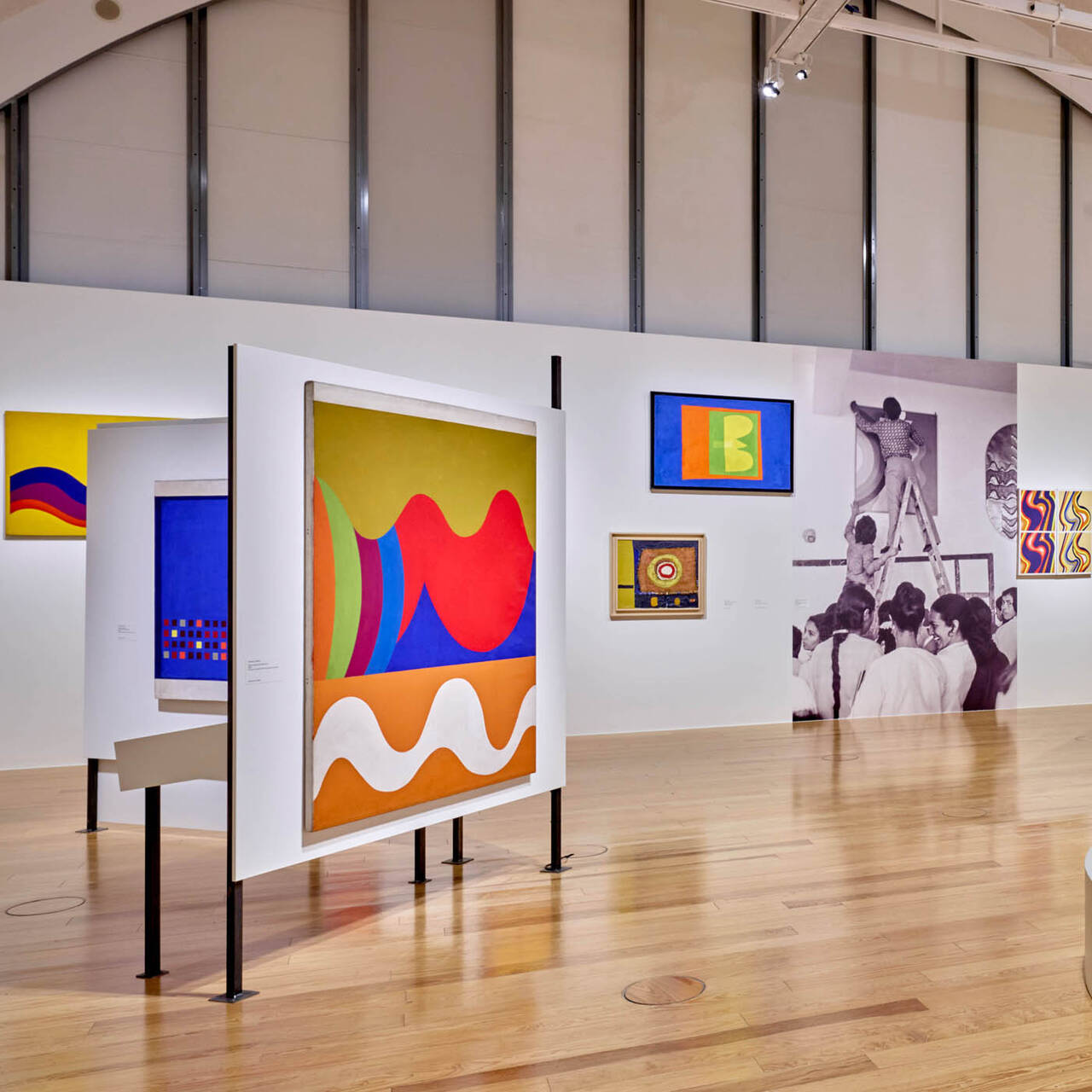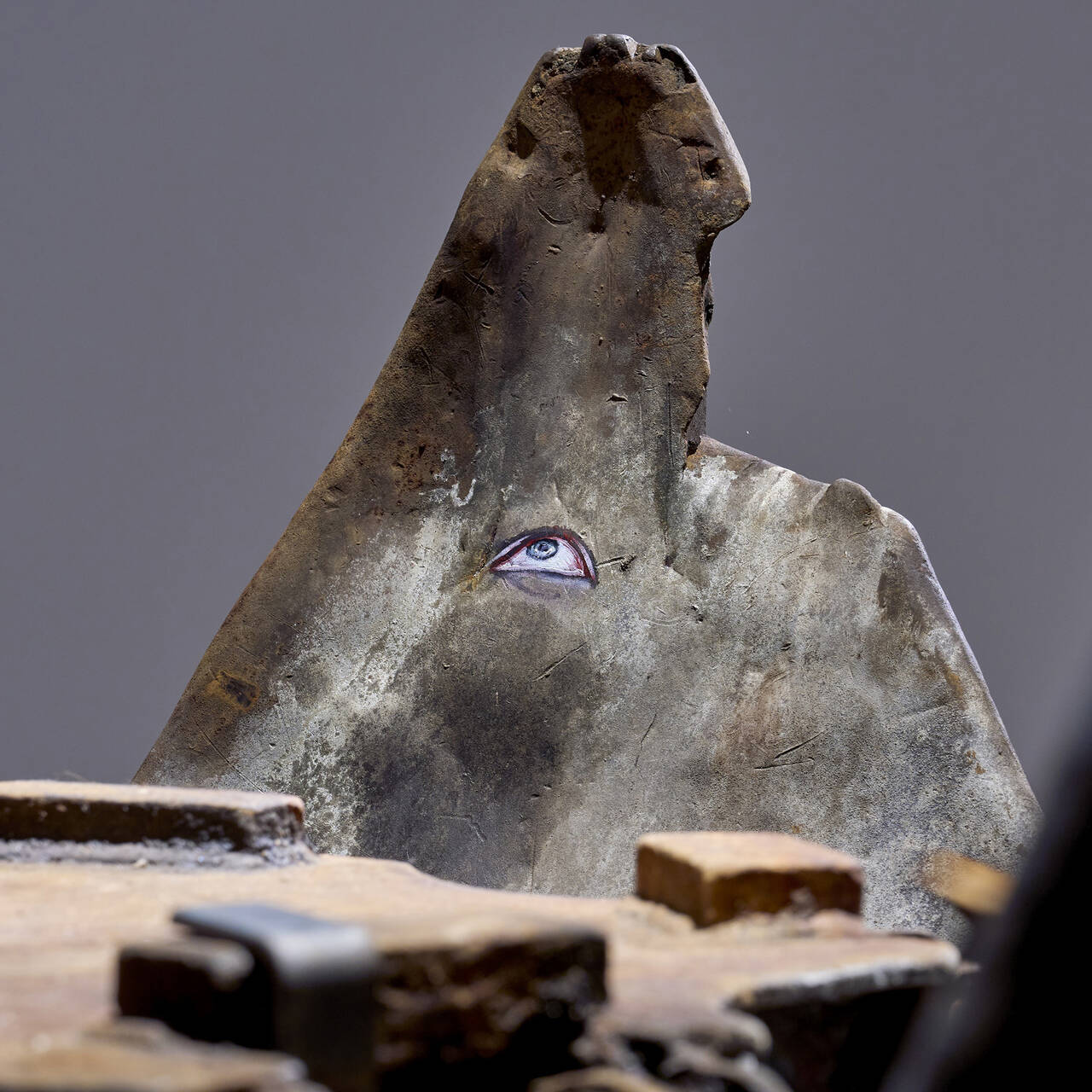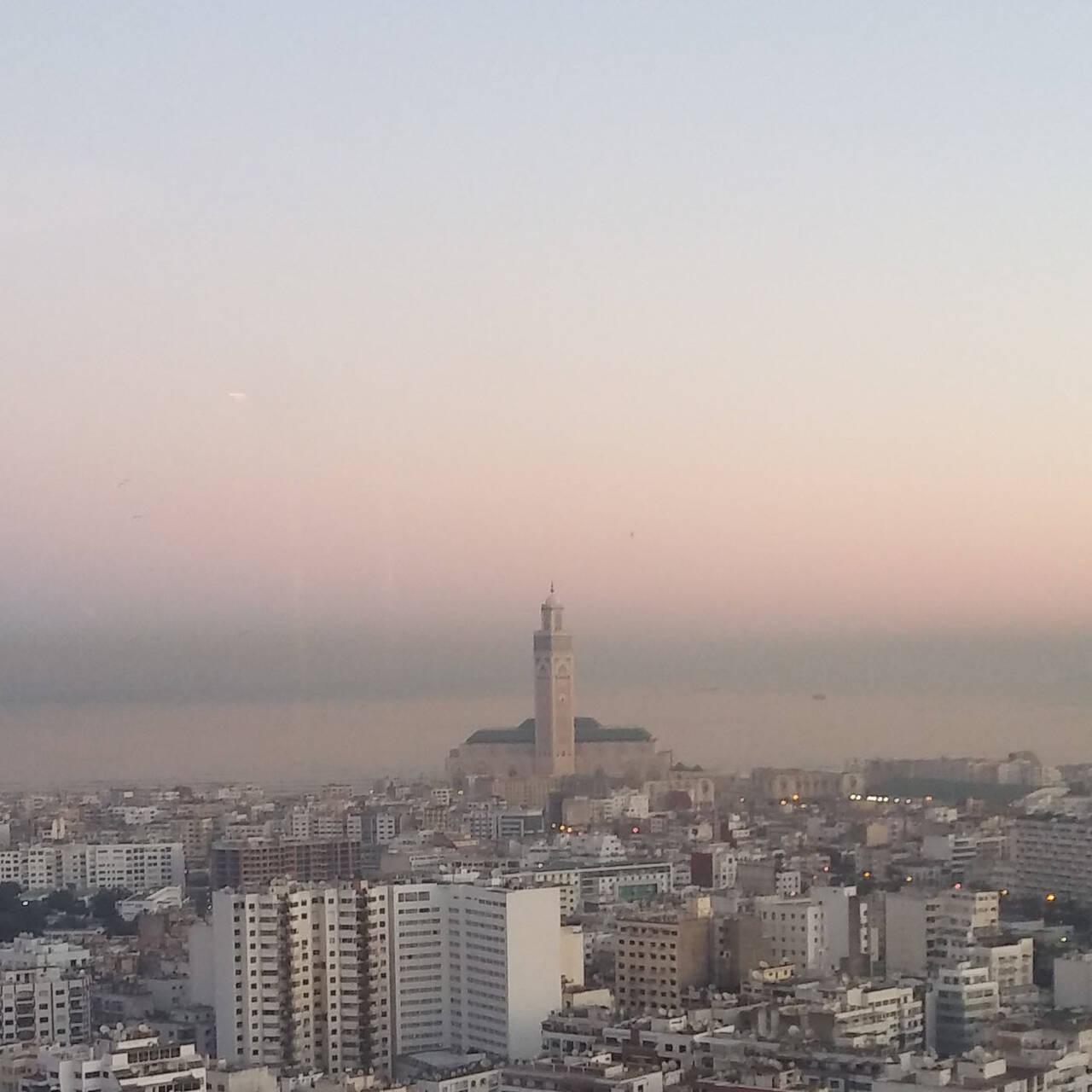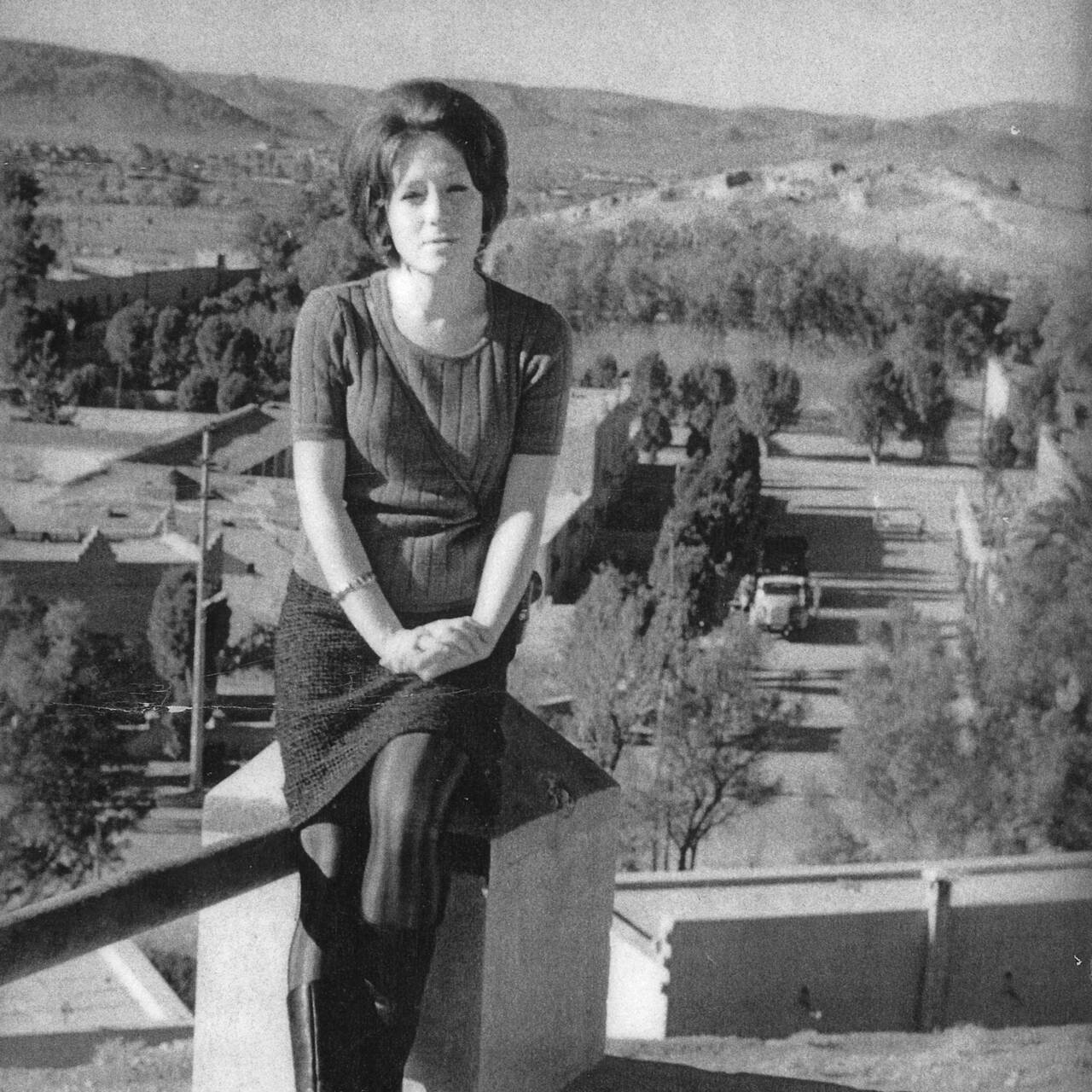Radical, inventive, modern: the SCHIRN is presenting a major survey exhibition of Carol Rama’s work for the first time in Germany.
Carol Rama (1918–2015) is one of those outstanding modern female artists of the modern age who, in spite of impressive and multifaceted oeuvres, achieve fame late in their career. From October 11, 2024, to February 2, 2025, the SCHIRN is devoting a large-scale survey to the Turin-based artist for the first time in Germany, featuring some 120 exhibits from all phases of her remarkable artistic output.
Sexuality, passion, disease, death—Rama dedicated her art to the great human themes and fundamental experiences. Her depictions from the 1930s of female lust paved the way for today’s feminist art. Independent of artistic schools and groupings, the self-taught creative talent created over the course of 70 years an unconventional and highly personal body of work. Rama’s creative activity defies simple categorization and is distinguished by an enthusiastic delight in experimentation. From her early days as an artist in the late 1930s through to the early 2000s, she managed to reinvent her style every ten years or so with new groups of works, while always remaining true to herself. An adept iconoclast, she pushed the boundaries of artistic and social conventions in terms of both form and content. Rama spent her long life in Turin, in an apartment that also served as her studio on the top floor of 15 Via Napione that she had designed as a total work of art in its own right. Well-connected, she gathered around her a circle of intellectuals and artists and yet for a long time remained more or less unknown outside Italy. It was not until she had reached an advanced age that she was recognized with international survey exhibitions and prestigious awards including the Golden Lion for Lifetime Achievement at the 2003 Venice Biennale.

The exhibition presents an overview of Carol Rama’s key works and creative phases, divided into a total of eight chapters that are framed by photos of her Turin studio, which can still be visited today.
Works in red
The first room brings together central works from different groups that all share fiery red tones, giving viewers an initial impression of the diversity of Rama’s oeuvre. Alongside high-impact works such as “Senza titolo (Maternità)” (Untitled [Maternity], 1966), in which the artist crowns a vulva-like form with small dolls’ eyes, impasto abstract works are on view here as well as object montages, rather delicate bricolages on paper, and a textile piece.
Erotic watercolors
The next room is devoted to a series of erotic watercolors dating from 1936 to 1946. Even as a young artist, Rama took the liberty of depicting the unspeakable and defying the prevailing rules. She liked to tell how a planned showing of this series in Turin around 1945 was not even allowed to open due to censorship, so that the watercolors were not shown publicly until 1979. The series deals with esoteric, hidden themes, with freedom and oppression, social boundaries and their transgression. Many of the scenes take place in a psychiatric ward. Recurring motifs include protruding tongues, masturbation, vulvas, body parts, prostheses, and also ordinary everyday objects such as razors, dentures, shovels, brushes, and shoes. According to Rama, these works express in part her direct response to drastic events early in her own life, such as her mother’s stay in a psychiatric ward and her father’s bankruptcy and presumed suicide. This interweaving of life and work generates a narrative that would become a poetic extension and an integral part of her oeuvre. With this series, Rama leaves far behind her the bourgeois milieu of the conservative city of Turin where she grew up, against the backdrop of the Catholic Italy of the Fascist era, and firmly identifies herself as an avant-garde artist.
Portraits and self-portraits
In the late 1930s, she then produced a group of oil paintings that stand in stark contrast to the watercolors. These reserved, melancholic portraits and self-portraits are flat, almost disembodied, in appearance. In contrast, for example, to the portraits of women by the Turin painter Felice Casorati, a close friend and patron of Rama’s from an early age, these paintings push the portrait genre to the brink of dissolution. Just a few lines delineate a nose or mouth, as in “Senza titolo (Autoritratto)” (Untitled [Self-Portrait]) from 1937. In “Sguardo” (Gaze) and “Senza Titolo” (Untitled, 1947), the face in the portrait remains blank, and “Senza Titolo” (Untitled, 1944/45) shows a barely recognizable figure made up of green patches of paint, behind which a flickering orange blazes ominously.
Movimento Arte Concreta
In 1953, Rama joined the Movimento Arte Concreta. Founded in Milan in 1948 by artists including Gillo Dorfles and Bruno Munari, the movement had a satellite in Turin led by Rama’s friend the artist and critic Albino Galvano. As in Germany, artists came together here under the vague banner of abstraction in order to distance themselves from the fascist imperative of a realistic aesthetic. Rama was a member of the artists’ group until the early 1960s, a unique experiment in her career. During this period, she produced abstract, almost musically composed works in oil, on paper, and with textiles including a carpet. “La linea di sete” (The Dry Spell, 1954) and “Composizione” (Composition, 1959) display rhythmic structures in a color scheme typical for the era.
Bricolages
The early 1960s saw the beginning of one of Rama’s most incisive work phases, that of the “bricolages”. Adopting a term coined by Claude Lévi-Strauss, Rama’s poet friend Edoardo Sanguineti used this word to describe Rama’s working method, which was predicated on the possibilities of associative processes and free combination. While her earlier works were more conventional in their materiality, now she experimented with the creative options offered by collage and the liberal use of adhesives, enamel, spray paint, and pastels. At the same time, she expanded the two-dimensional picture ground by mounting objects onto the canvas, including cut-off paint tubes, dolls’ eyes, and medical syringes, as well as natural materials such as small twigs, skins, or animal claws. The use of unusual materials and everyday objects would also be embraced by the artists of Nouveau Réalisme and Arte Povera, currents that emerged somewhat later in Turin. In Rama’s bricolages, by contrast, these objects are like reflections of the repertoire of motifs in her early watercolors and now appear concretely in the pictorial space. Occasionally, as in “XCV – C’è un altro metodo, per finire” (XCV – There is another method for reaching the end, 1967), they are contrasted with mathematical formulas and physical calculations as well as text fragments.

Works in black
In the show at the SCHIRN, Rama’s black works are given their own separate space. The artist produced several groups of works in which the image is developed out of blackness. In their simplicity and radicalism, these works are reminiscent of Kazimir Malevich’s “Black Square” (1915) and US Abstract Expressionism as exemplified by Ad Reinhardt and Robert Rauschenberg towards the end of the 1940s. Here, Rama breaks through the sober austerity of the color scheme by linking it to profane themes. In the early mixed-media painting “Riso Nero” (Black Rice, 1960), for example, she combines a monochrome black picture with grains of rice, the foodstuff of the Po Valley, which she has covered in black paint. And “Ricordati di quegli anni e li fa schizzar via” (Remember these years, and you let them vanish, 1967) takes the form of a veritable vortex of impasto black paint within which the artist has set several groups of dolls’ eyes.
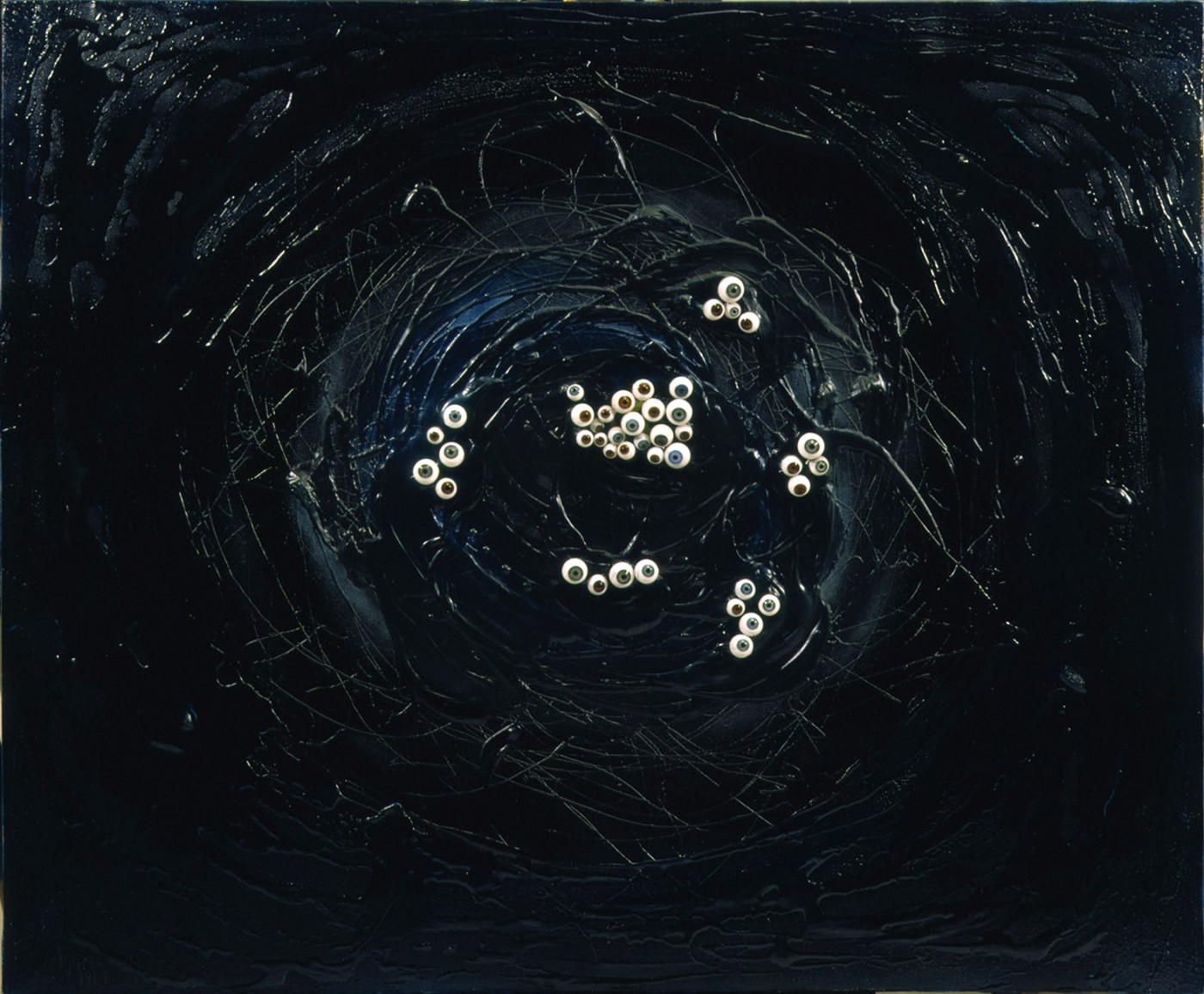
Carol Rama: "Ricordati di quegli anni e li fa schizzar via“, 1967, Image via gamtorino.it
Gomme
In the early 1970s, Rama turned to a new group of works, the so-called “Gomme”. These minimalist pictures are made of bicycle and car tire tubes in different colors, mounted flat on the canvas in “Spazio anche più che tempo” (Space even more than time, 1970) or hung in a bundle in front of the picture surface in “Movimento e immobilità di Birnam” (Movement and standstill in Birnam, 1977). The skin-like material and biomorphic forms break up the strict compositions and lend them a sensual and playful quality. With these poor quotidian materials, Rama also established a connection to her own biography—to her father’s factory for car parts. In some of the works in the series, such as “Autorattristatrice” (1970; the title is a pun on “auto” = self, and “rattristrare” = to make sad), as well as in earlier “bricolages”, Rama’s interest in politics is evident. Her so-called “napalm pictures” were a somber response to the Vietnam War, referring to bodies burnt by the biological weapon.

Back to figuration
Like the Transavanguardia in Italy, represented by painters such as Francesco Clemente, which turned back to figuration and conventional materials in the late 1970s, Rama likewise began to return to figurative work in the 1980s but combined it with her tried and tested principle of found materials. Now she made use of documents, technical drawings, floor plans, and city maps of Turin in her art, also incorporating characters from her earlier works. Crowned naked female figures, mystical creatures, the amputated torso, individual body parts, animals, and fantasy figures are gathered together here in eerie, cryptic, and associative works that once again contain allusions to Rama’s biography and people in her life.







